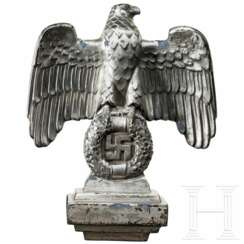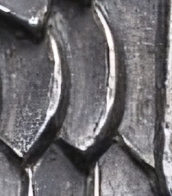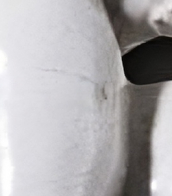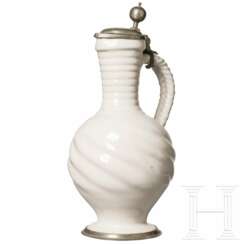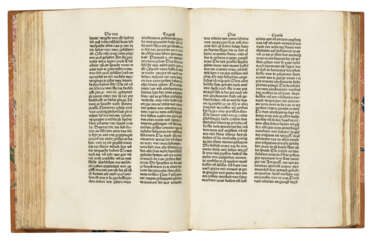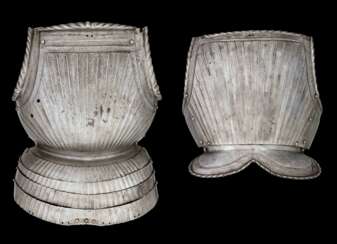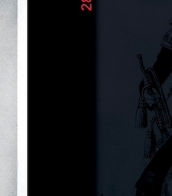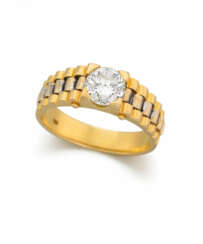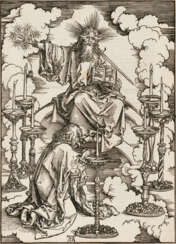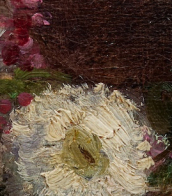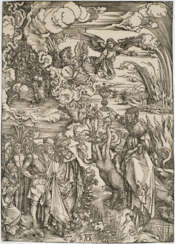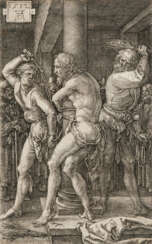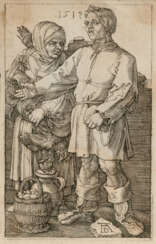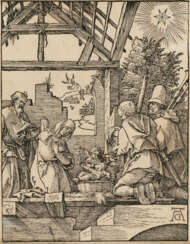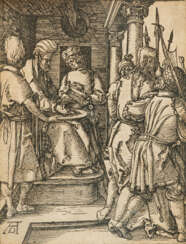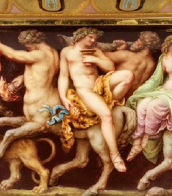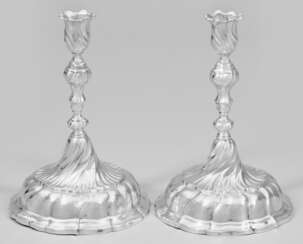39 Items by auctions and galleries:
nuremberg
Lot 5404 Reichs Party Day 1935 - A Collection of Photos
A106us: A US Lifetime Headgear Collection and other Imperial and WW II Collectibles 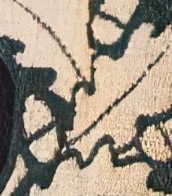

Hermann Historica
A106us: A US Lifetime Headgear Collection and other Imperial and WW II Collectibles
Date: 08.11.2025 14:00 UTC +01:00
Number of lots in the catalog: 511
Lot 5428 General der Panzertruppe Georg-Hans Reinhardt - an Award Document for the Oakleaves to the Knight's Cross of the Iron Cross of 1939
A106us: A US Lifetime Headgear Collection and other Imperial and WW II Collectibles 

Hermann Historica
A106us: A US Lifetime Headgear Collection and other Imperial and WW II Collectibles
Date: 08.11.2025 14:00 UTC +01:00
Number of lots in the catalog: 511
Lot 66 BOCCACCIO, Giovanni (1313-1375)
Valuable Books, Manuscripts and Photographs, including Highlights from The Royal Society of Medicine 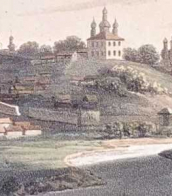

CHRISTIE'S
Valuable Books, Manuscripts and Photographs, including Highlights from The Royal Society of Medicine
Date: 10.12.2025 12:00 UTC +00:00
Number of lots in the catalog: 213
Lot 71 SCHEDEL, Hartmann (1440-1514)
Valuable Books, Manuscripts and Photographs, including Highlights from The Royal Society of Medicine 

CHRISTIE'S
Valuable Books, Manuscripts and Photographs, including Highlights from The Royal Society of Medicine
Date: 10.12.2025 12:00 UTC +00:00
Number of lots in the catalog: 213
